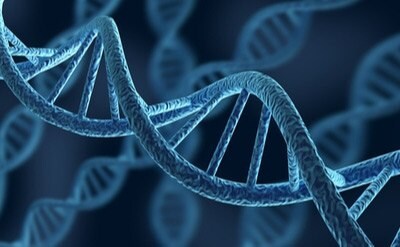DNA & RNA Purification

Extraction of DNA and RNA is a basic method used in molecular biology. The need for high-quality, highly pure nucleic acid is important for a wide range of research and clinical applications. Nucleic acid purification is an initial step in many molecular biology and genomic workflows.
DNA and RNA samples are often obtained from crude preparations. Genomic DNA, plasmid DNA, and total RNA can be extracted and purified from a variety of sources including bacterial and mammalian cells, plant tissue, fungal tissue, mammalian tissue, blood, plasma, serum, viruses, buccal and nasal swabs, gel matrices, PCRs, and other enzymatic reactions. Isolation of nucleic acid from these samples often involves the lysis of cell membranes or sample homogenization, followed by the removal of proteins, enzymes, detergents, salts, and lipids.
Common approaches include:
|
|
The final application will dictate the best method for purification. Downstream applications include PCR, qPCR, restriction digests, ligation, cloning, genotyping, gene expression analysis, next generation sequencing (NGS), and Northern and Southern blotting.
Related Technical Articles
- Discover the best purification option for your oligo, based on the intended application.
- An overview of methods for quantifying DNA and RNA, how to measure DNA and RNA concentration and yield, and how to assess purity of nucleic acid samples.
- Fit-for-use products offer the quality, consistency & documentation necessary for every step of your IVD development and manufacturing process.
- This page shows possible causes and solutions for problems that may occur during plasmid DNA preparation.
- Impact of Purification Method on Accuracy of DNA Quantitation and Downstream Enzymatic Processes. Evaluation of the purity of genomic DNA by UV spectrophotometry, gel electrophoresis, and downstream qPCR using GenElute™-E DNA purification kits.
- See All
Related Protocols
- Handing and stability techniques to reduce variation and ensure trouble-free experiments.
- Plasmids purified from genomic DNA, proteins, ribosomes, and the bacterial cell wall are used in molecular biology research. Various methods have been developed for plasmid DNA purification.
- GenomePlex® Whole Genome Amplification is the method of extracting DNA from the animal sample. GenomePlex® products have been used to amplify genomic DNA from chicken, porcine, bovine, fish, and shrimp source.
- This study examined the yield and quality of DNA from samples applied to Whatman FTA cards, using five common methods of DNA extraction.
- 0.1 mU RNase, DNase-free degrades 1 μg RNA in 30 min at + 37 °C in a reaction volume of 50 μL PCR grade water. The protein concentration of RNase, DNase-free is 0.5 μg/μL.
- See All
To continue reading please sign in or create an account.
Don't Have An Account?